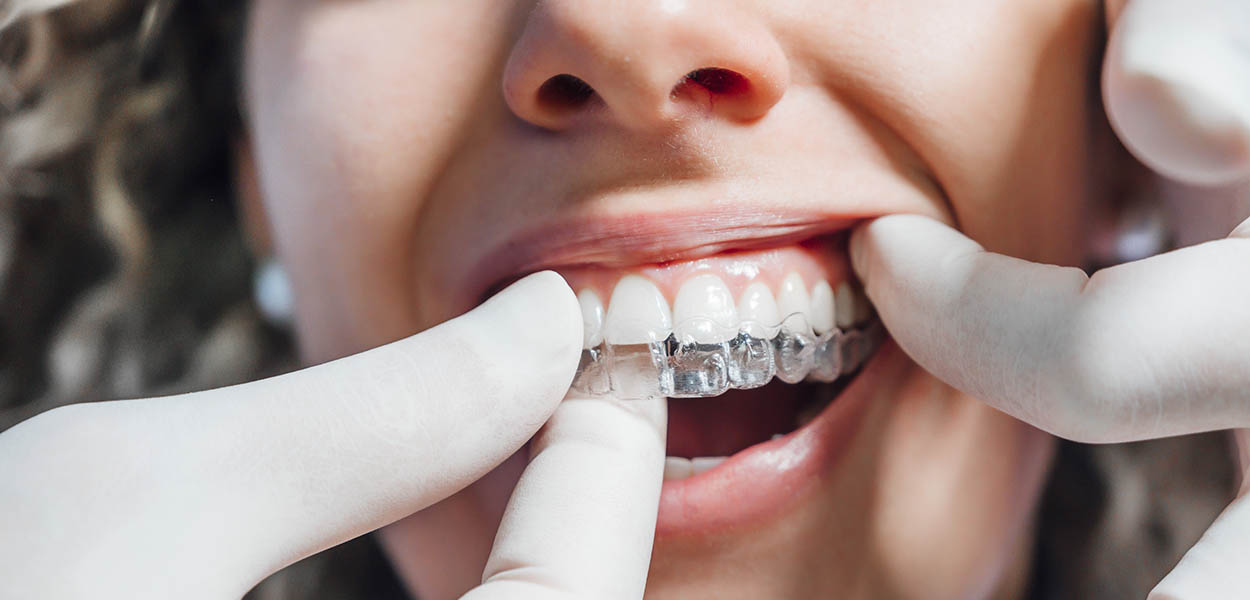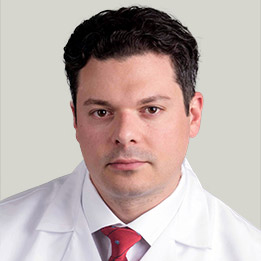The Science Behind Clear Aligners Explained

Chicago North Shore, IL – Clear aligner therapy has gained in popularity as a convenient way to get the smile you’ve always wanted. The aligners are comfortable, removable and virtually invisible – allowing them to fit seamlessly into everyone’s lives. But how exactly do these small pieces of plastic work to move the teeth?
“Clear aligner therapies, such as Invisalign, use plastic aligning trays to guide the teeth to their new locations,” says Dr. Michael Stosich. “But this doesn’t happen by chance – the movements of the aligners are backed by precise calculations that are scientifically backed to ensure optimum movement is reached at the end of treatment.”
When you begin your treatment, you will be given a series of aligner trays to use throughout your treatment. If you lay them all out and look at them carefully, you’ll notice that each set is slightly different. That’s because each set is calibrated to help your teeth achieve a certain movement, so once that movement has been reached, the next set will look different from the current set.
The orthodontic process involves moving your teeth through bone. That’s why we can’t snap our fingers and have our teeth move quickly. In order to move to their new locations, they have to move through the jawbone. The roots of every tooth are set in the bone, but in between the root and bone is a periodontal ligament. This ligament acts as a cushion, and it is what helps us move the teeth.
Inside the ligament are cells that are working in overdrive during your orthodontic treatment. These cells work in different ways – some are busy removing bone in the direction your teeth are moving, while other cells are busy rebuilding bone to fill the space your tooth has just vacated. This bone remodeling process occurs when your aligner trays exert the pressure needed to push your teeth. This is why some people feel like their teeth are a bit loose during treatment.
You’ll wear each set of aligners around the clock, only taking them out to eat or drink, until it is time to move to the next set. Continuous wear ensures that the pressure needed to move the teeth is always there and your treatment can stay on track.
For some patients, the aligners alone will not be enough to gain the movement needed to create the most ideal smile. These patients may require the use of buttons or attachments. These are essentially tiny pieces of composite material that are positioned on the teeth in order to provide a better way for the aligners to grip and move the teeth.
Some patients require tiny elastics to achieve the right movements to create a harmonious bite. Just like with traditional braces, we can use buttons and attachments to which these elastics can be attached.
Once ideal movement has been reached, you can enjoy your beautiful new smile – but that doesn’t mean the work is over yet. In order to ensure your teeth remain in their new locations you’ll need to wear a retainer. As discussed, the periodontal ligament will need to rebuild the bone and stabilize to hold the teeth in their new spots. If you forget to wear your retainer, especially in the days and weeks immediately after finishing treatment, you may see your teeth start to drift a bit.
“Clear aligners are a great option for a lot of patients, but they aren’t always the most ideal treatment option,” says Dr. Stosich. “The best way to determine which treatment is right for you is through a consultation with a board-certified orthodontist who uses scientifically backed treatment methods.”
If you are interested in learning more about clear aligner therapy or would like to schedule an orthodontic consultation, call Dr. Stosich at Stosich Consulting today – 224-408-2200 (Kenilworth office), 847-548-4200 (Grayslake office), or 847-548-4200 (University of Chicago office).


